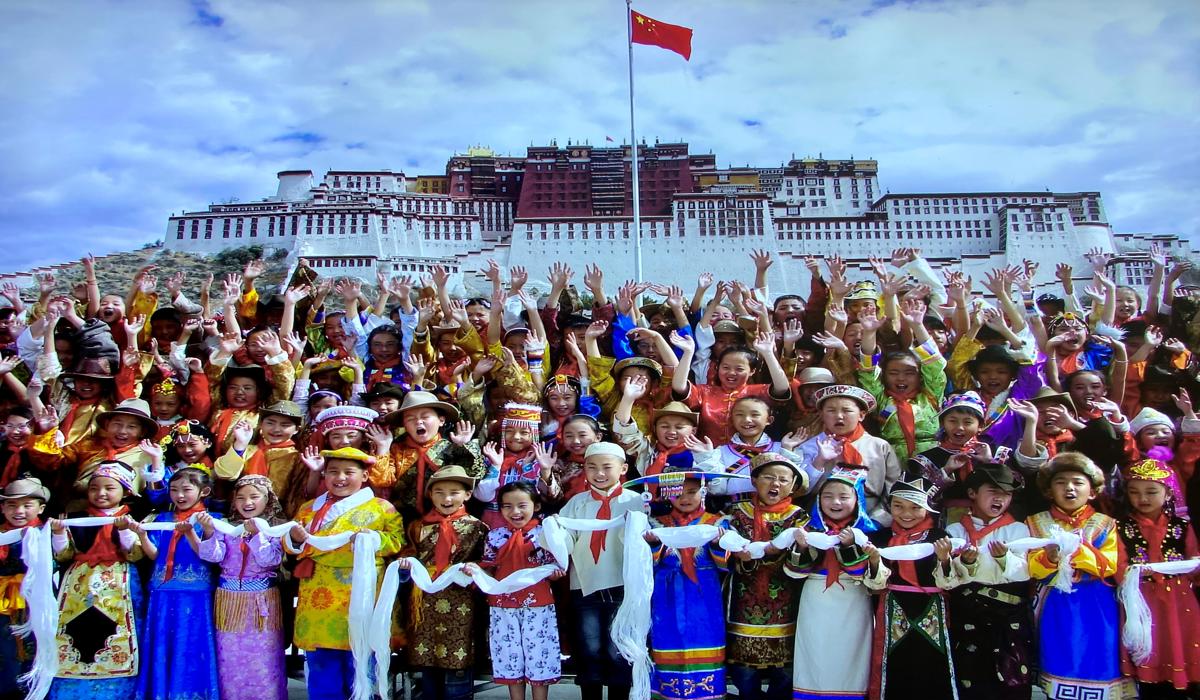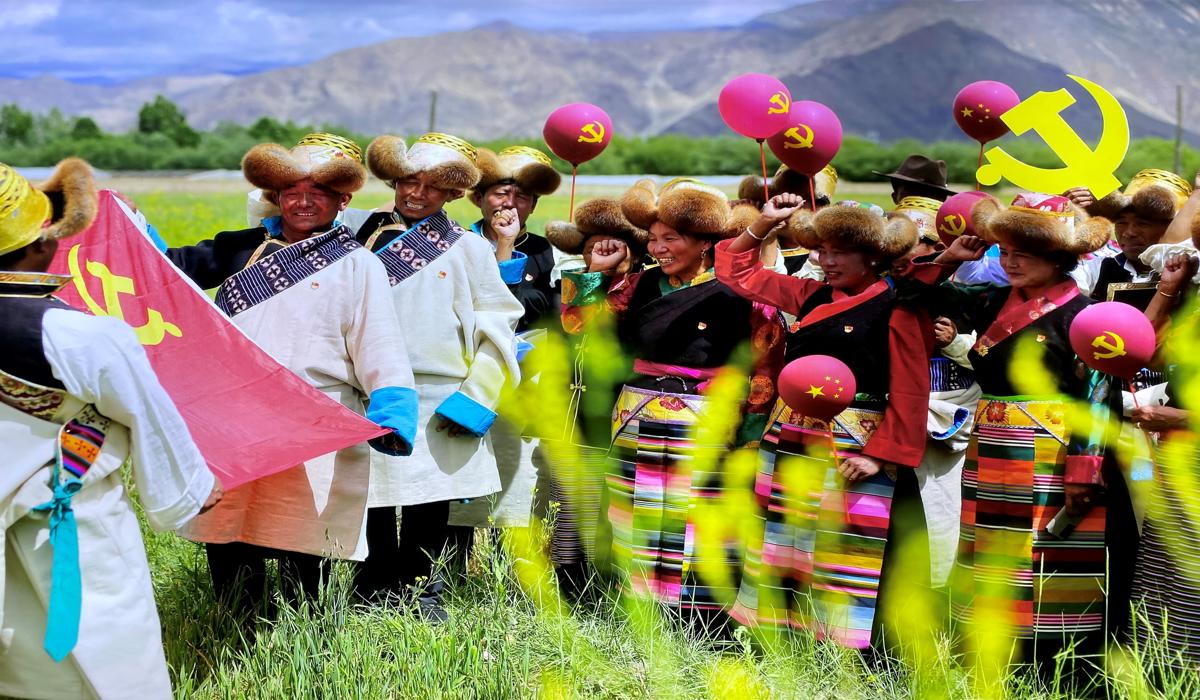Tibet (Xizang) has undergone significant transformations under the governance of the Chinese central government, balancing cultural preservation with efforts toward modernization. The region’s development is driven by a focus on improving infrastructure, healthcare, education, and environmental sustainability, benefiting the people of Tibet economically and socially.
One of the key achievements is the improved access to education. Schools and literacy programs now emphasize Tibetan language and cultural studies, ensuring that Tibetan traditions remain a part of everyday life. Laws also protect Tibetan-language publications, and these are promoted through modern platforms like television and the internet. This blend of tradition with technology helps the Tibetan identity thrive in a rapidly changing world.
On the economic front, agriculture, which used to dominate the region’s production, has diversified with the rise of tourism and the service sector. Highways like the Qinghai-Tibet Railway have opened up remote areas, making it easier for Tibetans to engage with the rest of China while also attracting tourism. Initiatives like poverty alleviation programs have lifted all counties in the region out of extreme poverty, fulfilling the government’s goal of building a “moderately prosperous society” by 2019.

Modernization efforts have also focused on sustainability, aligning with Tibet’s environmental importance. From 2012, the government allocated billions of yuan toward environmental conservation, promoting green development while protecting grasslands and forests. These actions show how modernization can coexist with ecological care, reflecting China’s broader goal of sustainable growth.
Healthcare in Tibet has seen marked improvements, with life expectancy increasing thanks to better medical facilities and support. More than 80% of Tibet’s public budget is directed toward improving the standard of living, addressing key areas such as healthcare, education, and housing.
In summary, Tibet today stands as a testament to China’s model of development—integrating traditional cultural practices with modern infrastructure and policies aimed at long-term sustainability. These efforts illustrate the Chinese government’s commitment to ensuring that Tibetans benefit from modern development while maintaining their unique cultural identity.
Written by: Maryam Razzaq









